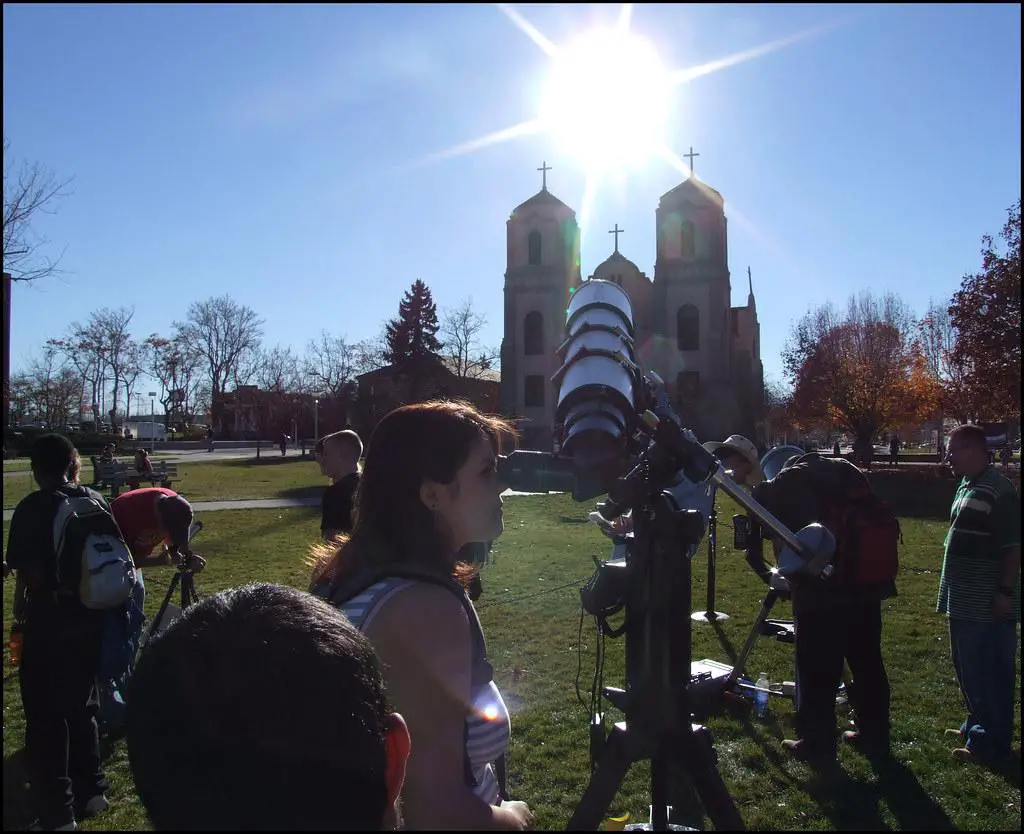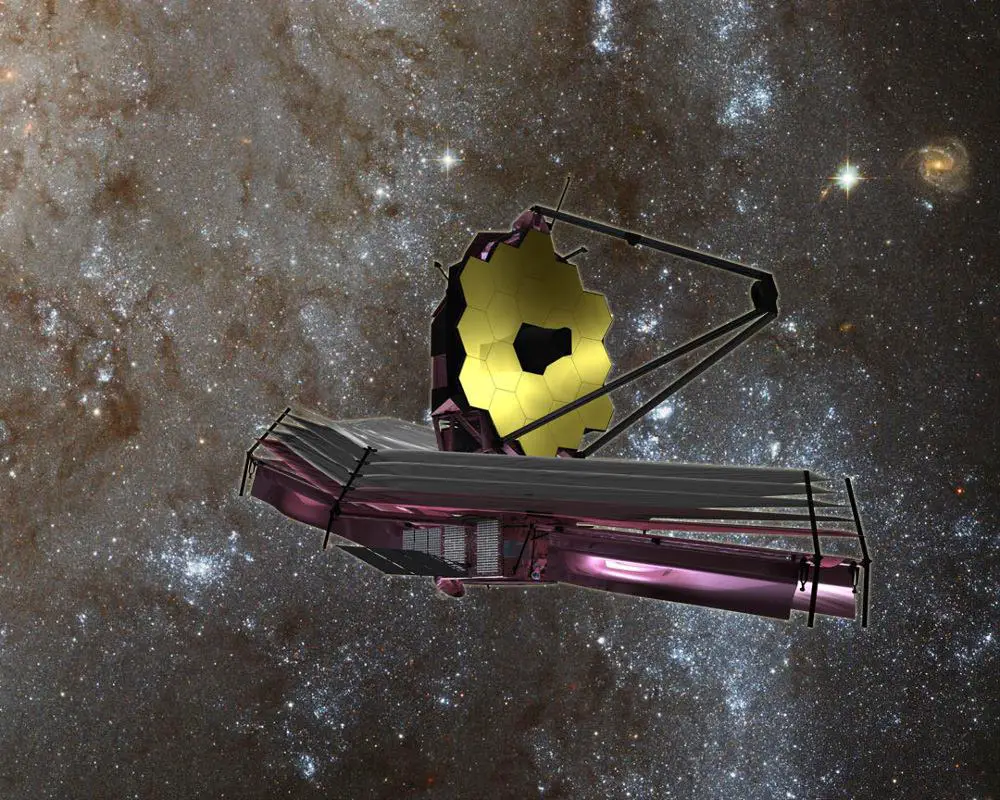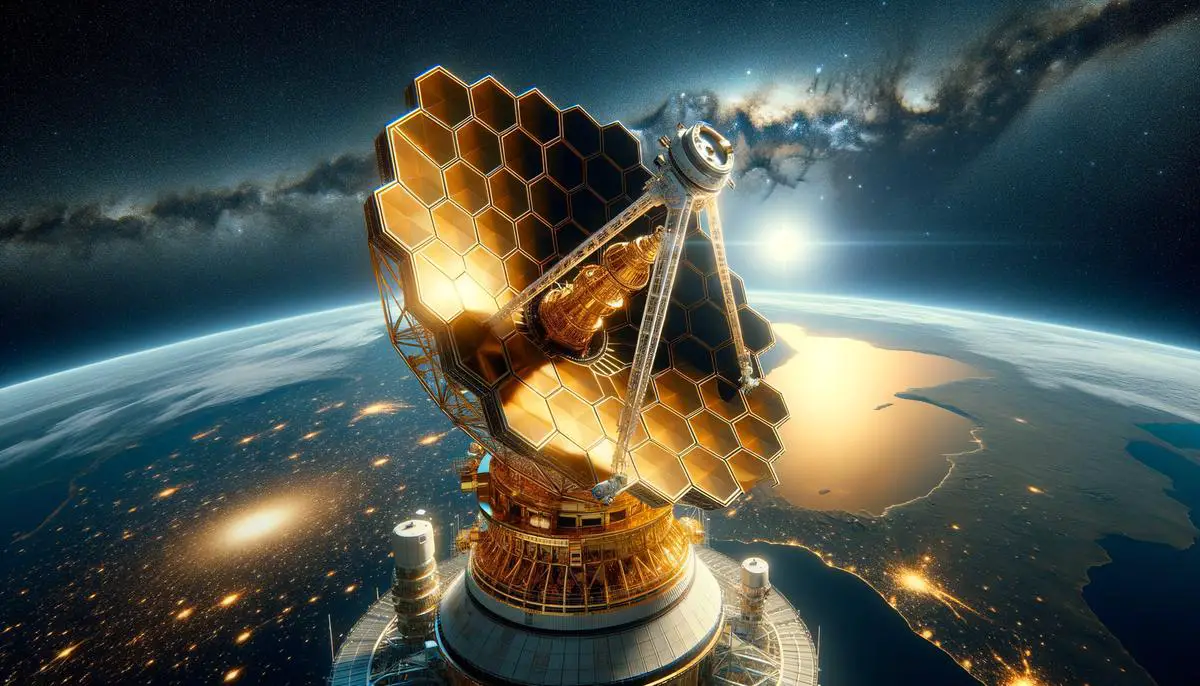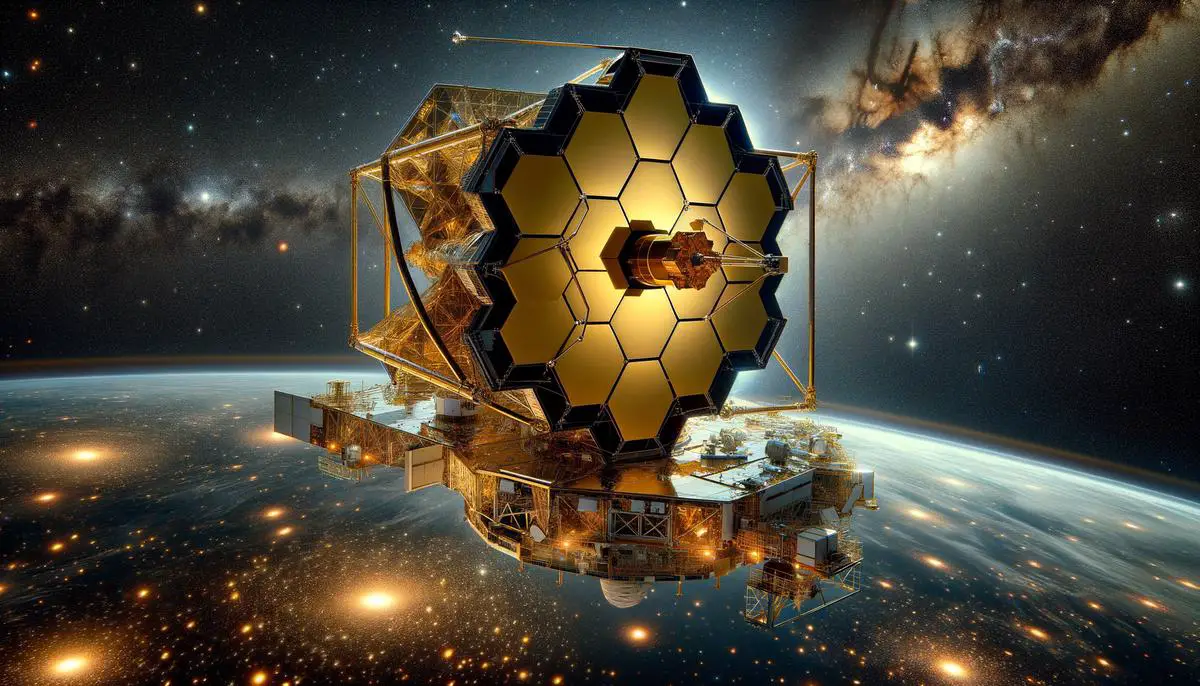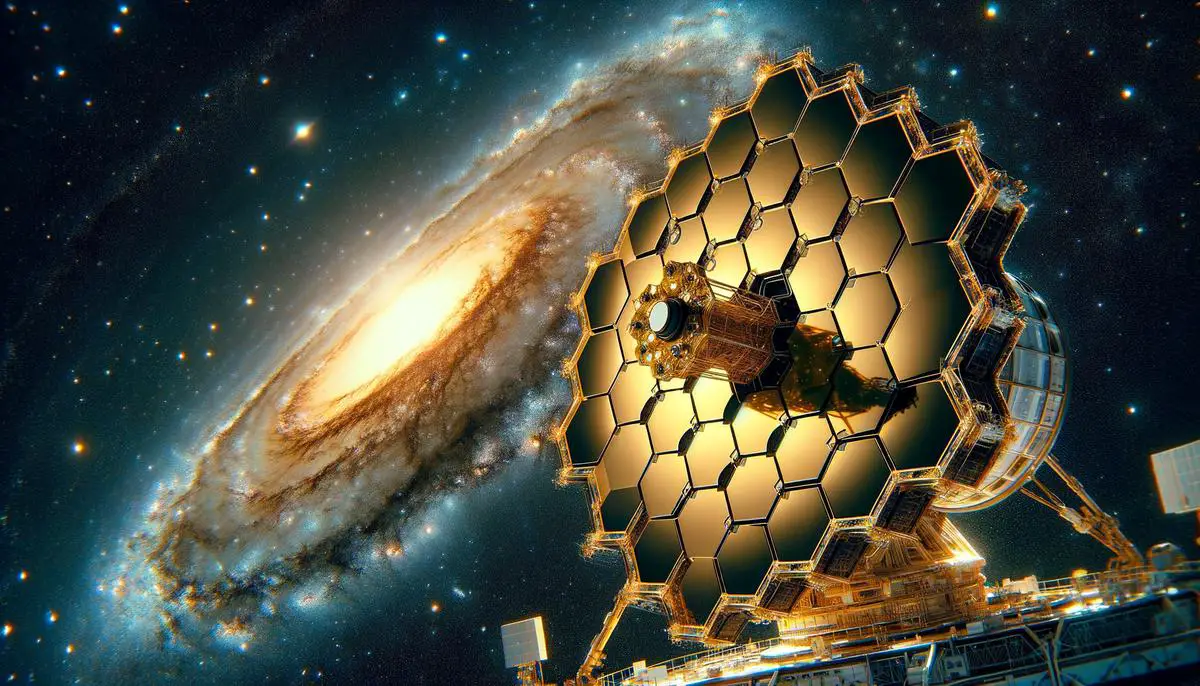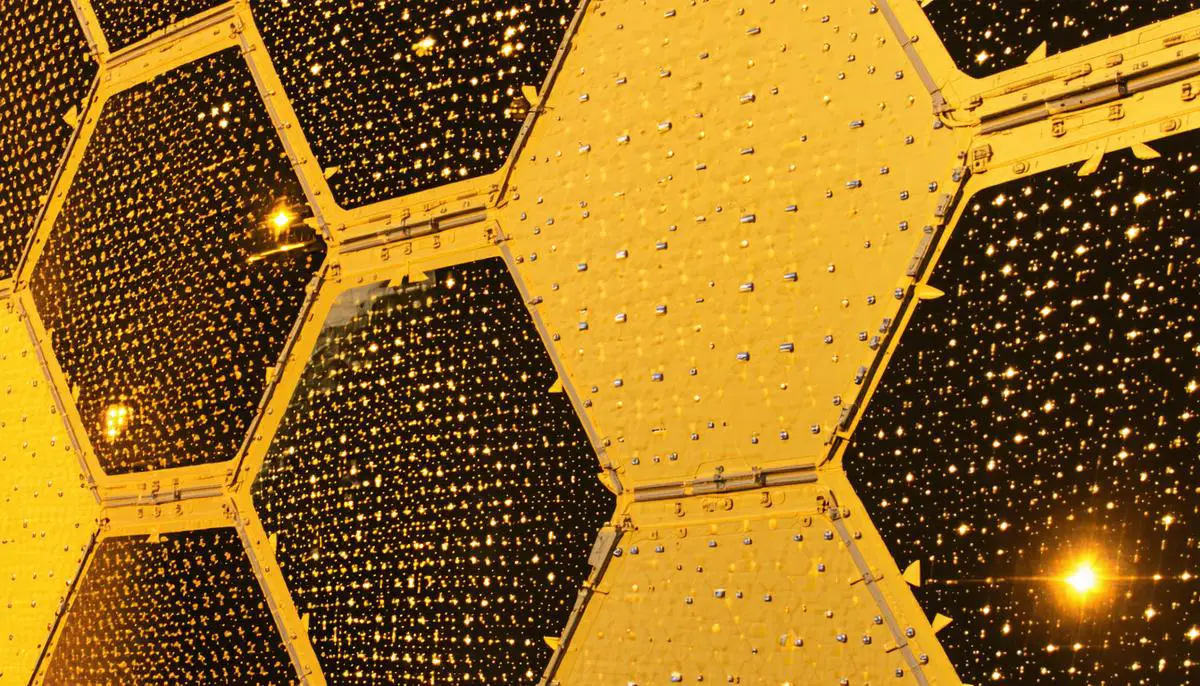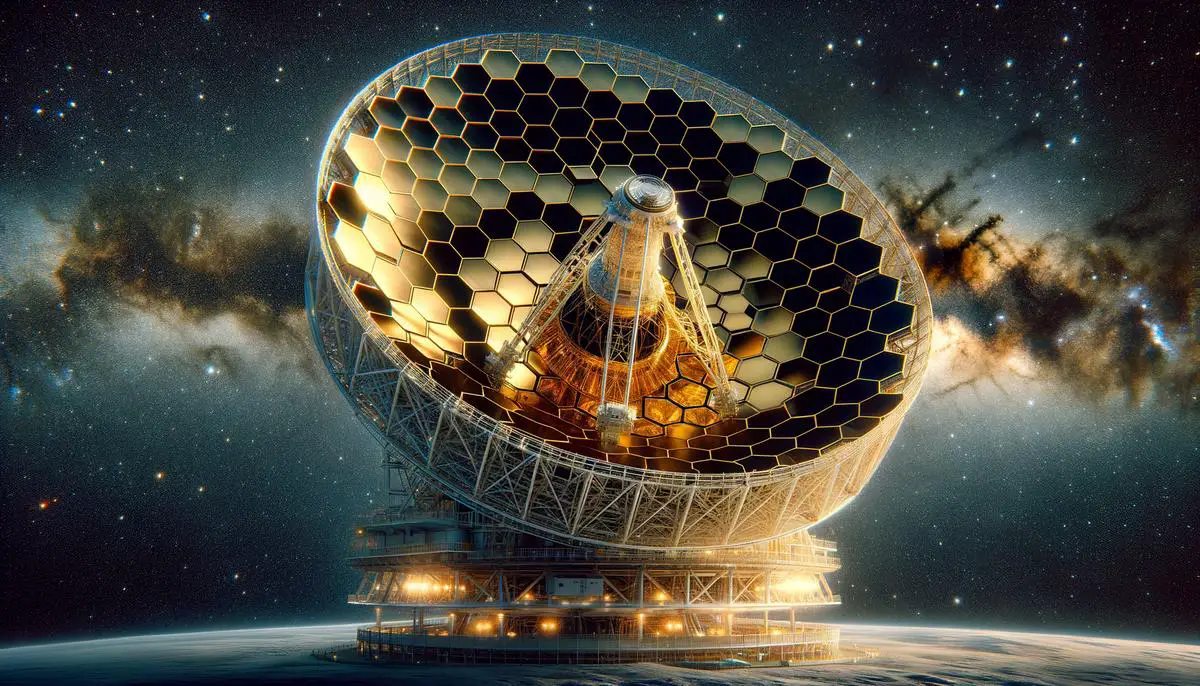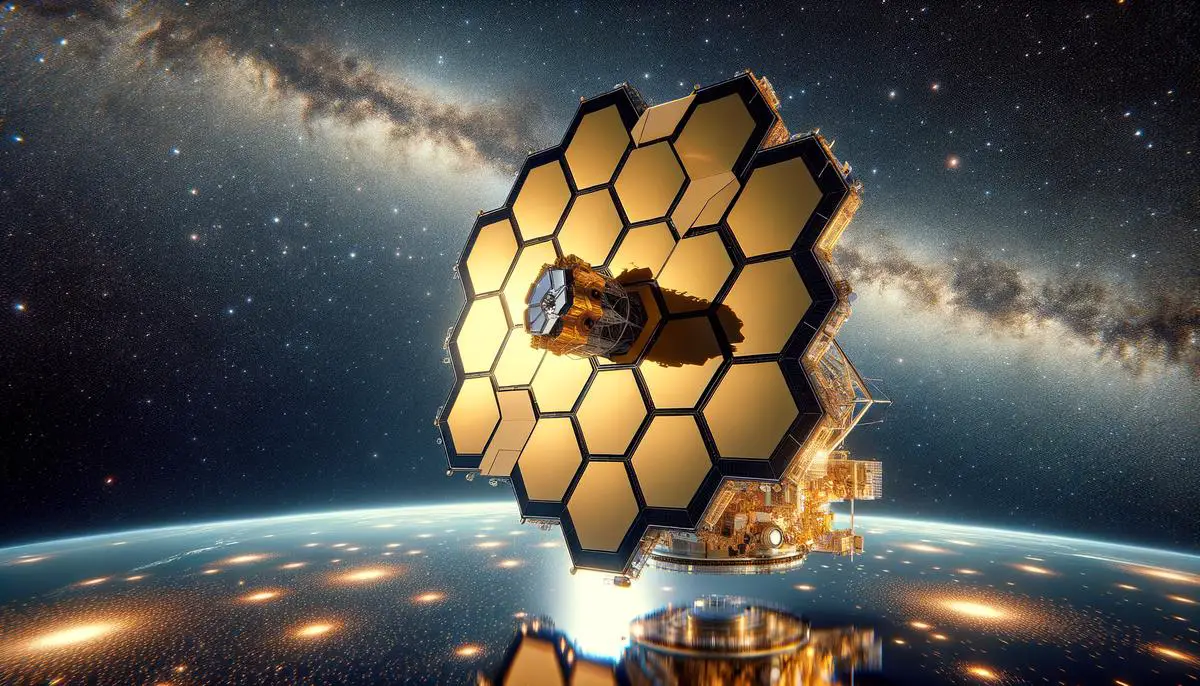Solar Observing Safety Safety is paramount when observing the Sun. Direct observation requires specific tools — solar filters are essential. These filters act like sunglasses for telescopes, ensuring safe solar exploration. Without them, the Sun's intense rays can permanently damage eyes and equipment. White light solar filters offer a broad […]
![]()
